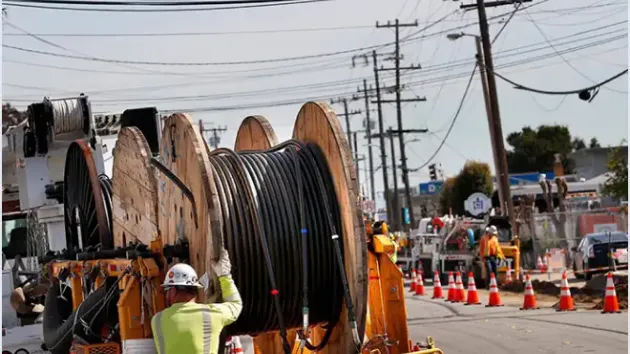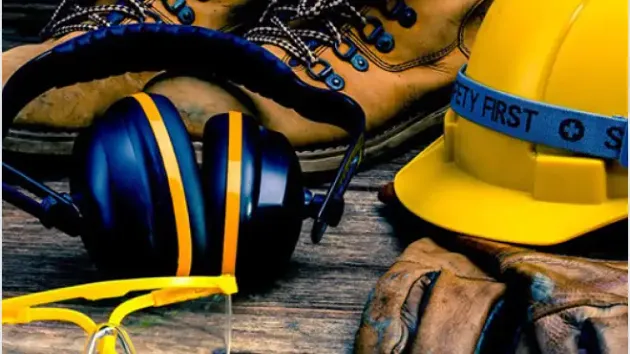Introduction
Statistically speaking, roads are some of the most dangerous construction sites in Canada. Particularly due to the fact that, during road construction and maintenance, employees must work in close proximity to ongoing traffic, additional measures must be implemented to decrease the likelihood of accidents. Under the circumstances, rigorous safety training for workers and their supervisors is paramount.Potential Hazards
The most common risks associated with road construction and maintenance include:
-
Working Near Traffic.
In most cases, traffic is not stopped during road maintenance, but merely diverted. Workers are therefore required to carry out tasks in close proximity to passing vehicles, which can become hazardous if the site is not properly signaled or if the vision of drivers is obstructed. The positioning of construction sites near road turns, as well as difficult weather conditions can increase the risk of accidents even further. If the right personal protective equipment is not used by employees at all times, collisions can lead to serious injuries and even death. -
Poorly Handled Vehicles and Machines.
Heavy vehicles such as crawler excavators, loaders, graders, and road rollers are indispensable tools for road construction and maintenance workers, but can become dangerous if they are not correctly used or maintained. Although most injuries in this sector occur when workers are struck by traffic, being struck by construction vehicles comes in a close second and is equally as dangerous. -
Overhead and Underground Powerlines.
The direct contact with both overhead and underground powerlines can lead to serious electrical injuries and even prove to be fatal for road construction workers. Even if direct contact does not occur, employees may still be harmed if they get to close to a powerline and experience a flashover. Furthermore, road construction work involves the use of high vehicles that can either tip over or become conductors when put in contact with overhead powerlines. -
Exposure to Asbestos and Other Dangerous Materials.
Back in the late 20th century, asbestos was routinely used in asphalt concrete due to its durability and heat-resistant properties. Although we now know that asbestos is a carcinogen, these roads were built to last and some of them are still in use today. Workers who perform maintenance on such roads are exposed to airborne asbestos fibers that can eventually lead to respiratory irritation and illnesses. Other dangerous substances that employees may be exposed to include road marking paints, thermoplastic road marking resins, traffic exhaust, and asphalt fumes.
Incident Prevention
Since the majority of accidents in road construction occur when workers are struck by traffic, one of the most important steps towards incident prevention is the correct signaling of the construction site for passing drivers. During weather conditions that may hamper the ability of drivers to perceive these signals, work should either cease or additional measures should be taken to maintain the safety of employees.
Rigorous safety training for all road construction workers and their supervisors is another essential aspect of incident prevention. Employees must be able to recognize the dangers associated with heavy construction vehicles before operating the latter and should be familiar with the risks of working in the proximity of either overhead or underground powerlines. In addition, vehicles and machines should undergo routine safety inspections so as to prevent accidents that may occur due to malfunctions.
Finally, the importance of personal protective equipment cannot be overstated in this sector. In case of an accident, the right gear can significantly minimize injuries and even save lives. This includes equipment such as hard hats, noise-cancelling headphones, safety goggles, respirators, as well as lower and upper body protection.
Recommended Safety Courses



What You Can Do to Stay Safe
If you work in road construction and maintenance, then you must first become aware of the dangers you might face in your line of work before you can ensure your safety and that of your colleagues. In Canada, employers are required by law to provide access to the necessary safety training for all workers.
For a detailed list of safety courses that can help you stay safe on a road construction or maintenance site, please consult our Construction industry page.



